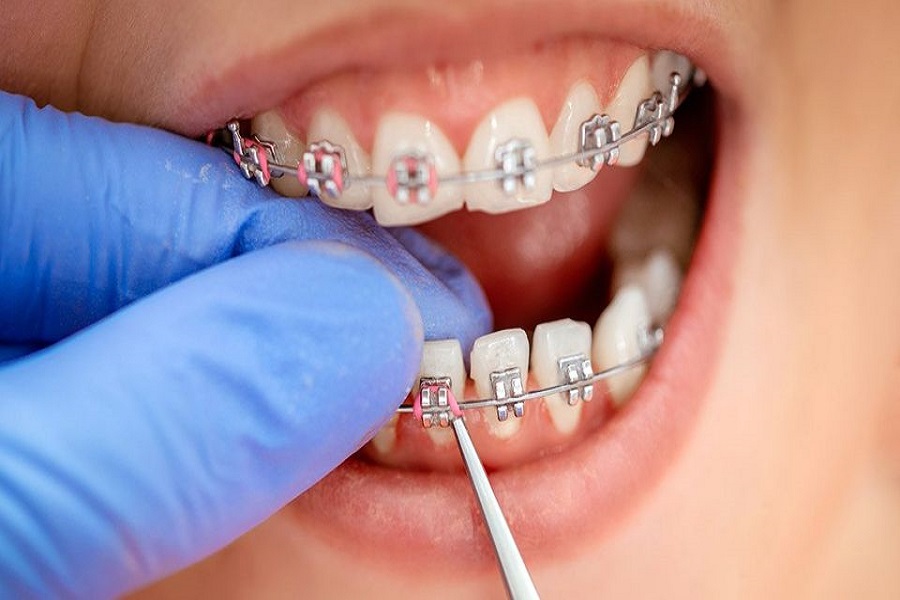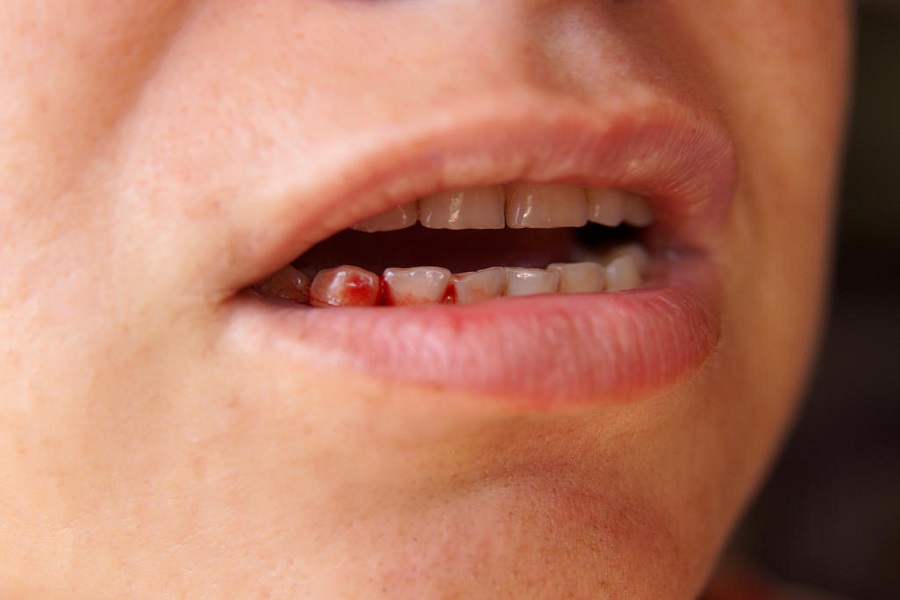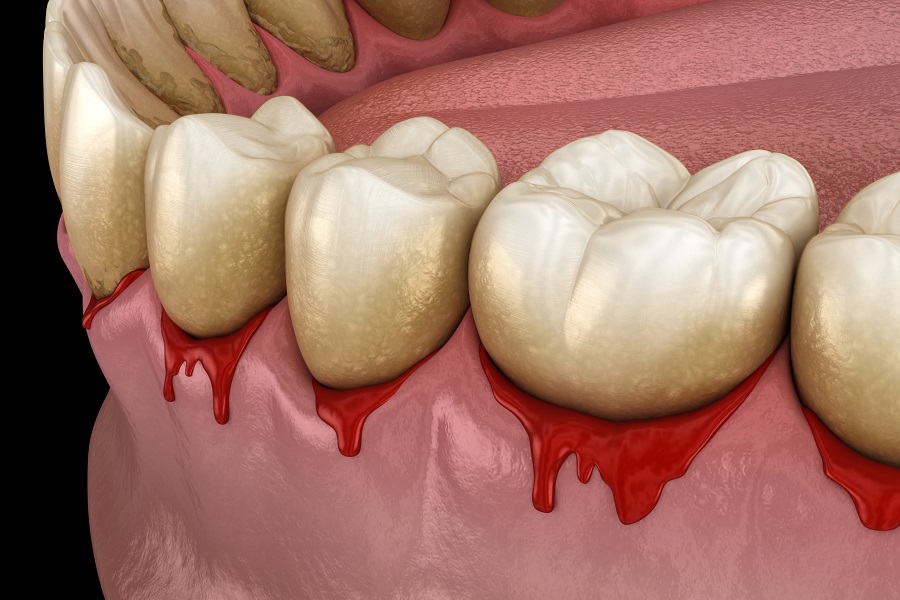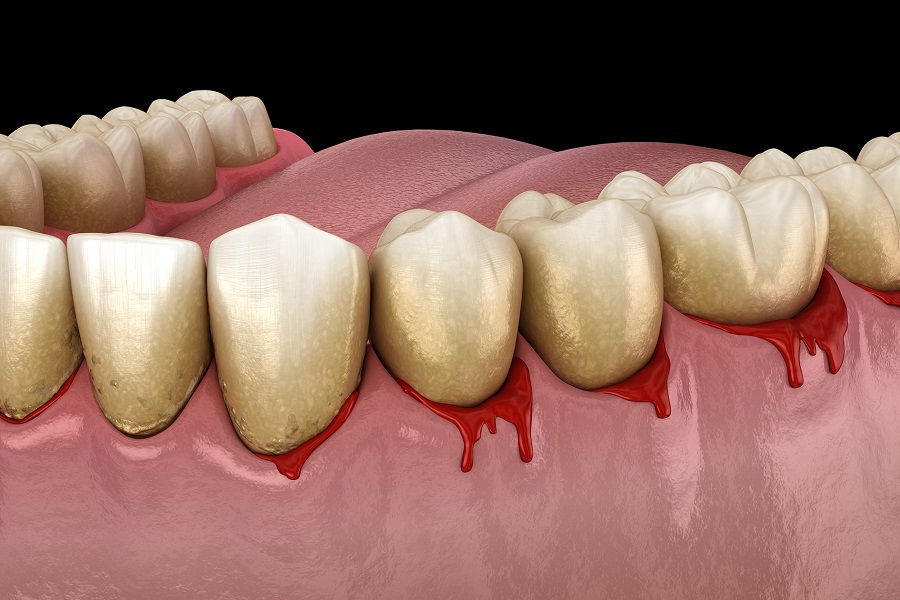What are the mistakes in correcting crooked teeth? I believe that many people fall into the misunderstanding of buck teeth correction due to their lack of understanding of buck teeth correction, which leads to the fact that buck teeth has been affecting us without timely treatment. Many people even think that buck teeth correction is only a patent for minors, so Let your ugly buck teeth affect you. So, have you fallen into the misunderstanding of buck teeth? The following dental experts will find out the misunderstandings of buck teeth correction that you may fall into: Misunderstanding 1: buck teeth correction is a patent for children and young people. Many people think that orthodontic treatment is only for children and young people, and middle-aged and elderly people cannot receive orthodontic treatment. This view is wrong. In adults, although growth and development have stopped and the external shape of the bone has stabilized, the internal regeneration and reconstruction ability of the bone still exists (such as healing after fracture). Generally speaking, if adults do not have severe periodontitis, their teeth can be straightened. In foreign countries, there are even elderly people in their 70s and 80s who receive orthodontic treatment. 60-year-olds and 12-year-olds did not see much difference in the effect of orthodontic force on the movement of healthy teeth. Myth 2: Tooth extraction will hurt the brain “Many parents worry that pulling teeth will damage the brain and affect the child’s memory. In fact, this worry is unnecessary. ” Folks often say that when the child is young, the tooth nerve is connected to the cranial nerve, and tooth extraction will damage the brain, which has no scientific basis.
The anesthetic used for tooth extraction is local anesthesia, which generally has a half-life of one or two hours and will not damage the brain. In addition, the dental nerve is only a very fine branch of the extracranial nerve. Misunderstanding 3: Older teeth are easy to fall out after orthodontic treatment. Some parents worry that after orthodontic treatment, old teeth will become loose and even teeth will fall out prematurely. This view is unscientific. Orthodontics induce tooth movement through light orthodontic force. It is a slow biological remodeling process. The bone on one side of the moving tooth is resorbed, and the other side is rebuilt with new bone, finally moving the tooth to its normal position. The process is gradual and the teeth are stable. Regular orthodontic treatment will not cause trauma to the teeth and periodontal tissues. Only improper orthodontic treatment can lead to loose teeth. Myth 4: The faster you correct the buck teeth, the better. The amount of tooth movement is limited. Generally, the movement is 1 mm per month. Moving too fast will cause the teeth to become loose.
Depending on the severity of the uneven teeth of each individual, the course of treatment is also different, generally around 1.5-2 years. In some very serious clinical cases, the course of treatment for 3-7 years is also normal. In order to shorten the time, some patients do not follow the scientific laws and require the doctor to apply too much orthodontic force. The result is not only very painful, but also excessive tooth loosening, and serious tooth loss. Misunderstanding 5: Correcting crooked teeth is very simple, and it is a very complicated treatment process for everyone. Orthodontics can only be competent after having been trained by a specialized orthodontic institution for at least 1 year and obtained the qualification of an orthodontist. Every step is crucial in the examination, diagnosis of orthodontic patients, the formulation of a reasonable orthodontic plan, and even the entire orthodontic process. We often encounter some cases of orthodontic failure, such as extraction of wrong teeth or delayed treatment, these losses are irreversible. Therefore, it is recommended that the majority of patients choose carefully, and try to choose a qualified orthodontist from a regular medical institution to complete the correction of the teeth.
Advertisements
Five misconceptions about crooked teeth
Advertisements
Related Posts
Popular Articles
Are Wisdom Teeth Removal Covered By Dental Insurance?
Wisdom teeth, or third molars, are the last set of teeth to emerge in the mouth, typically appearing between the...
Latest Posts
Tags
alveolar bone bad breath black teeth bleeding gums cold light whitening crooked teeth cure dental care dental implant dental implants Dental Insurance dentures discolored teeth disease gingivitis Gum Disease misaligned teeth oral disease orthodontic orthodontic care orthodontics orthodontic treatment periodontal disease periodontitis permanent teeth porcelain teeth teeth teeth cleaning teeth white teeth whitening teeth whitening methods Teeth Whitening Strips tooth tooth decay tooth extraction tooth filling ultrasonic cleaning underbite whitening whitening toothpaste white teeth wisdom teeth wisdom teeth extraction wisdom tooth yellow teeth

Panda Oral – oral and dental health consultants around you, providing orthodontic, tooth whitening, dental implants, scaling, filling, extraction, dental implants, dental caries, wisdom teeth, bad breath, bleeding gums, oral ulcers, periodontal disease for patients with dental diseases It can help you solve oral problems easily.【Contact us: [email protected]】
Recent News
- How is Cavity Formed in Teeth 04/19/2025
- 14 Way to Stop Cavities from Getting Worse 04/19/2025
- 10 Solid Foods You Can Eat After Wisdom Tooth Extraction 04/19/2025
Copyright © 2023 PANDA ORAL - Oral_Oral health_oral hygiene_oral care_dental health_dental oral surgery





























